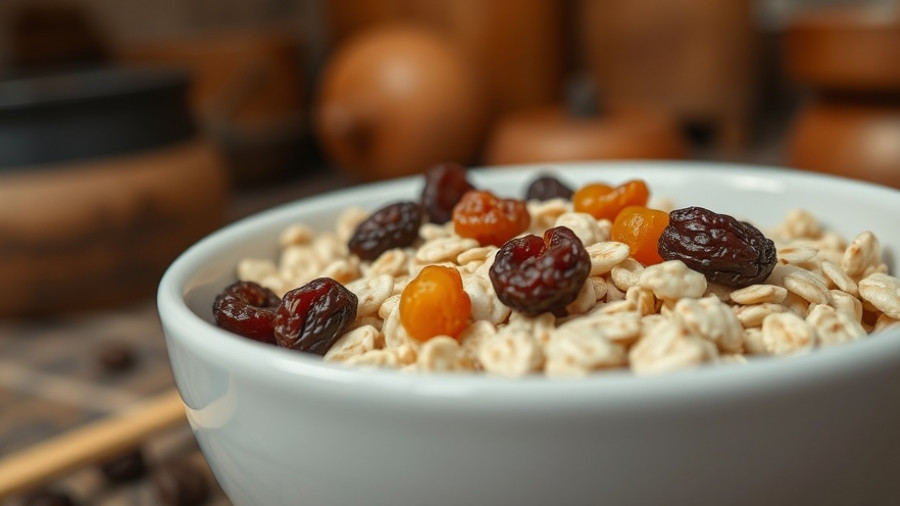
The Alarming Presence of Microplastics in Our Brains
Recent research shows that an alarming amount of microplastics—up to a "spoonful"—may be residing in the human brain, raising significant concerns about their potential health impacts. Microplastics, small plastic particles less than five millimeters in size, are not only found in the oceans and wildlife but have now infiltrated our most essential organ. This revelation calls for a deeper understanding of how these particles, originating mainly from ultra-processed food, could contribute to mental health disorders.
How Are Microplastics Entering Our System?
The link between ultra-processed foods and microplastic exposure is becoming clearer. Researchers indicate that these foods, which make up over half the calories consumed in countries like the United States, contain much higher concentrations of microplastics than organic, whole foods. Foods like chicken nuggets, for example, have been found to possess up to 30 times more microplastics per gram than homemade equivalents. This relationship underscores the urgent need for a shift toward healthier dietary choices.
Understanding the Mental Health Risks
A growing body of research indicates that the accumulation of microplastics in the body could correlate with rising rates of mental health issues. Notably, a review highlighted that individuals consuming ultra-processed foods have a notably higher risk for depression (22%), anxiety (48%), and poor sleep outcomes (41%). This suggests that microplastics could serve as the missing link connecting poor dietary practices to adverse mental health conditions, emphasizing the importance of nutrition education in preventive care.
The Impact of Dementia and Memory Disorders
Another concerning implication of these findings is the potential relationship between microplastics and dementia. Studies reveal alarming statistics that individuals diagnosed with dementia may have up to five times higher concentrations of microplastics in their brains, signaling a dire necessity for public health initiatives aimed at raising awareness about environmental health and self-care practices. Understanding how to lessen exposure can be pivotal for future generations' mental fitness.
Taking Action for Our Health
As consumers, we have a crucial role in advocating for better food standards and environmental health practices. A conscientious approach to nutrition not only benefits individual health but also fosters a broader cultural shift towards sustainability. Prioritizing preventive healthcare through healthy lifestyle choices, including embracing whole foods over ultra-processed options, can aid in reducing exposure to microplastics while supporting overall well-being.
 Add Row
Add Row  Add
Add 




Write A Comment